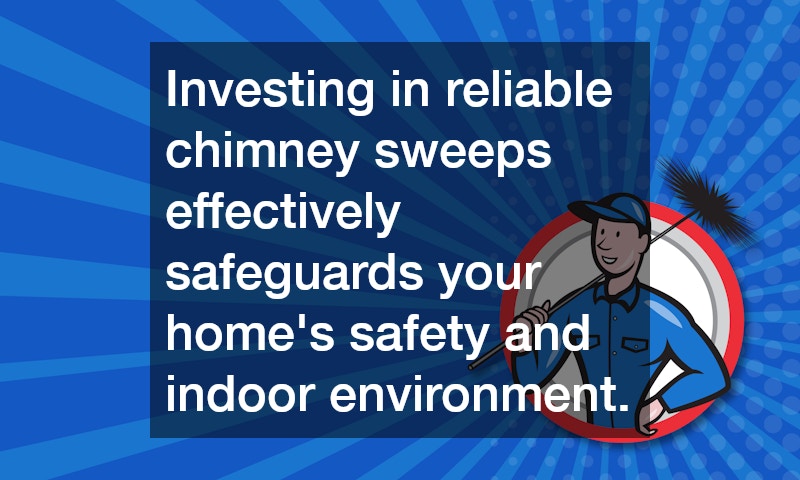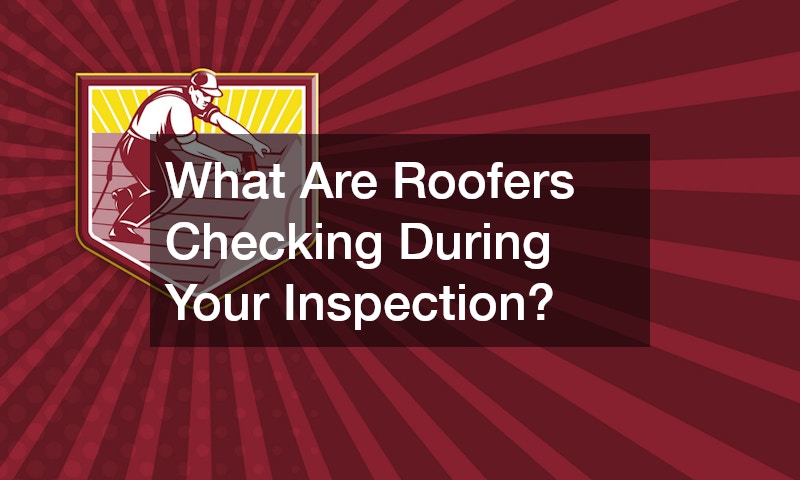Chimney sweeps play a crucial role in ensuring the safety and efficiency of your fireplace or heating appliance. By understanding the services offered by chimney sweeps, homeowners can maintain a safe living environment and prolong the life of their chimney systems.
Why Are Chimney Sweeps Essential?
Preventing Chimney Fires
Regular chimney cleaning by professional chimney sweeps helps to thwart dangerous chimney fires, which are often caused by the buildup of creosote. Creosote, a tar-like substance, can ignite if not regularly removed, posing a significant threat to home safety.
The National Fire Protection Association (NFPA) reports that countless chimney fires occur annually due to neglected chimney maintenance. These fires not only cause property damage but also put lives at risk, emphasizing the necessity of chimney sweeps.
Regular chimney sweeping can drastically reduce the risk of fire hazards. By investing in credible chimney sweeps, homeowners can enjoy their fireplaces with peace of mind, knowing they’ve mitigated potential fire risks.
Ensuring Indoor Air Quality
Chimney sweeping also significantly contributes to maintaining high indoor air quality. A blocked chimney can lead to harmful smoke and fumes infiltrating the home, which can be hazardous to health.
Regular cleaning eliminates obstructions such as nests and debris, ensuring that combustion byproducts exit the home effectively. Keeping your chimney clear also helps preserve the quality of the air you breathe, preventing respiratory issues.
The Environmental Protection Agency (EPA) highlights that indoor air pollution is among the top five environmental risks to public health. Chimney sweeps are thus indispensable for sustaining a healthy indoor environment.
How Often Should Chimney Sweeps Be Scheduled?
Factors Influencing Frequency
Several factors influence how often chimney sweeps should be scheduled, such as the frequency of use and the type of fuel utilized. Wood-burning fireplaces, for instance, typically require more frequent cleaning than gas fireplaces.
The more frequently you use your fireplace, the more often it may require professional cleaning to prevent soot and creosote build-up. Environment Canada stresses that dryer wood produces less creosote, reducing the frequency needed for sweeps.
Regular monitoring of the chimney’s condition also dictates cleaning frequency, as a poorly functioning chimney demands more frequent attention. Paying attention to these critical factors ensures a safe and efficient chimney.
Recommended Scheduling Guidelines
Experts generally recommend scheduling chimney sweep services at least once a year, particularly before the winter season begins. This annual check ensures the chimney is free from obstructions and safe for regular use during colder months.
For homes with frequent fireplace use, scheduling bi-annual cleanings might be more appropriate. The Chimney Safety Institute of America (CSIA) suggests having your chimney inspected at least once a year, regardless of frequency of use.
These scheduling guidelines help maintain safe and effective chimney operation, minimizing the risk of unforeseen issues. Establishing a regular maintenance routine is key to keeping your home safe and your chimney efficient.
What Does a Chimney Sweep Service Entail?
Inspection Procedures
A professional chimney sweep service typically begins with a thorough inspection, encompassing a range of assessment techniques. These inspections can involve visual checks or more in-depth examinations with specialized equipment.
Inspections often cover the chimney’s structural integrity and the presence of blockages or buildup. According to the CSIA, inspections are divided into different levels, each serving a varied purpose based on the observed chimney condition.
Regular inspections identify potential issues early, such as cracks or damage requiring repair, before they escalate. Homeowners should prioritize these assessments to maintain optimal chimney health and safety.
Cleaning Techniques and Equipment
Chimney sweeps employ various techniques and tools to clean chimneys effectively. Common tools include brushes, vacuums, and chemical treatments to remove stubborn creosote.
Many professional sweeps utilize rotary cleaning systems, which can efficiently remove tough deposits that manual tools might miss. These advanced methods ensure a meticulous cleaning, leaving no area uninspected or uncleaned.
Understanding the comprehensive cleaning techniques facilitates selecting reputable services aware of current best practices. Trusted services use quality equipment to deliver thorough, high-standard cleaning.
How to Choose a Reliable Chimney Sweep Service?
Evaluating Credentials and Experience
When selecting a chimney sweep service, it’s vital to evaluate their credentials and experience. Credible chimney sweeps often possess certifications from professional bodies like the CSIA or similar organizations.
Experience in the field complements certifications, indicating a provider’s reliability and efficiency. Long-standing companies with a proven track record often exude experience and trustworthiness in delivering services.
Verifying Reviews and References
Researching and verifying customer reviews and references is critical to selecting a chimney sweep service. Positive reviews often reflect consistent service standards and satisfied clientele.
Regular chimney sweep services are essential for maintaining a safe and efficient fireplace or heating system. By understanding the importance, frequency, and components of these services, homeowners can ensure their chimneys operate safely and effectively.
Professional service selection based on credible credentials and positive reviews is key to ensuring optimal service delivery. Investing in reliable chimney sweeps effectively safeguards your home’s safety and indoor environment.




